Home>Garden Essentials>How Long Does It Take For Purple Hull Peas To Germinate
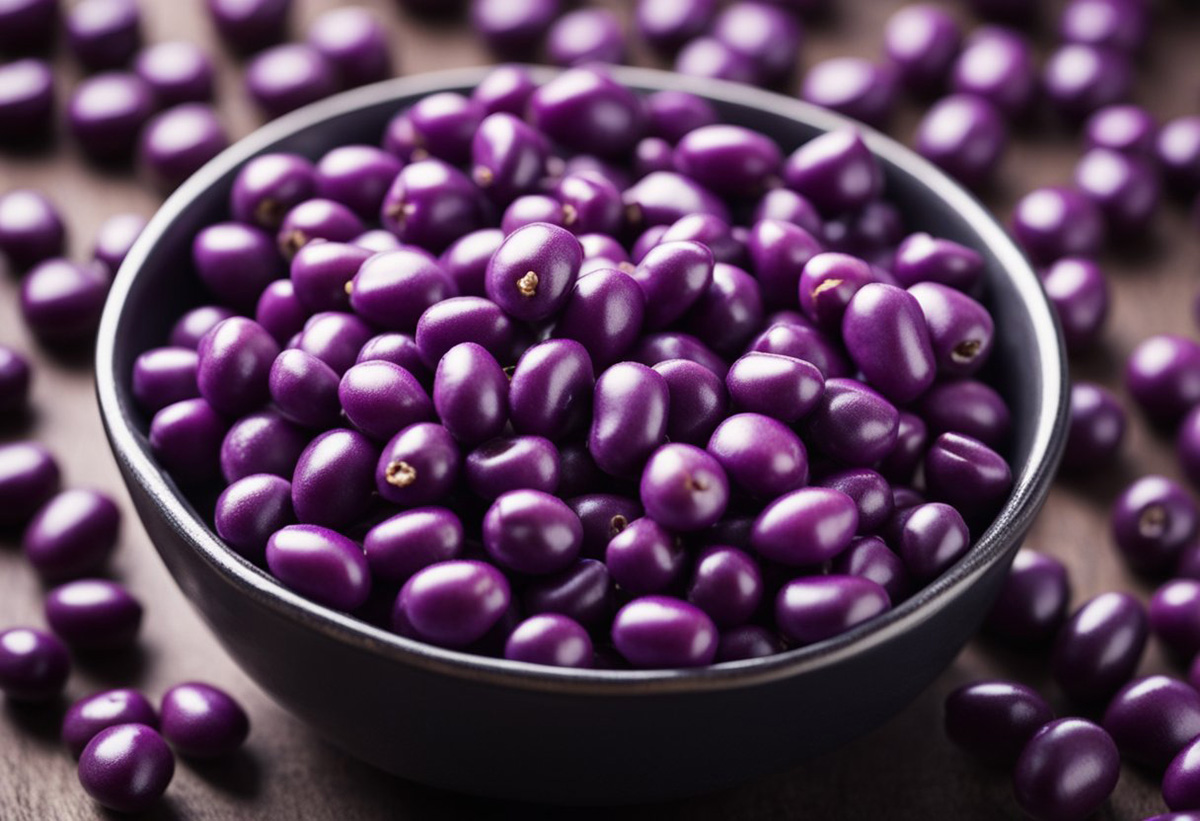

Garden Essentials
How Long Does It Take For Purple Hull Peas To Germinate
Modified: March 16, 2024
Discover how long it takes for Purple Hull Peas to germinate in your garden. Gain insights and tips for successful pea germination.
(Many of the links in this article redirect to a specific reviewed product. Your purchase of these products through affiliate links helps to generate commission for Storables.com, at no extra cost. Learn more)
Introduction
Welcome to the world of gardening! If you have ever wondered how long it takes for purple hull peas to germinate, you have come to the right place. Purple hull peas, also known as Southern peas or cowpeas, are popular legumes that are beloved for their rich flavor and nutritional value. Whether you are a seasoned gardener or just starting out, understanding the germination process of purple hull peas is essential for successful cultivation.
Germination is the process by which a seed sprouts and begins to grow into a new plant. It is a critical stage in the life cycle of any plant, as it marks the beginning of its journey towards maturity. Purple hull peas are no exception, and understanding their germination process can help you plan your planting schedule and take necessary steps to ensure optimal conditions for successful growth.
Key Takeaways:
- Purple hull peas typically take 7-10 days to germinate. Factors like temperature, moisture, and seed quality affect germination time. Providing optimal conditions can speed up the process.
- To speed up germination, soak seeds in warm water, maintain consistent moisture, and provide sufficient warmth and light. Choosing high-quality seeds and improving soil quality also promote faster seedling emergence.
Read more: How To Store Purple Hull Peas
What are Purple Hull Peas?
Purple hull peas are a type of legume that belong to the Vigna unguiculata species, which also includes black-eyed peas and crowder peas. They are native to Africa but have been widely cultivated in the southern United States for centuries. In fact, they are considered a staple in Southern cuisine.
These peas got their name from their distinctive purple-colored pods. The peas inside the pods are pale green and have a unique flavor that is slightly sweet and nutty. They are rich in protein, dietary fiber, and essential nutrients, making them a nutritious addition to any diet.
Not only are purple hull peas delicious to eat, but they are also beneficial for the soil. Like other legumes, purple hull peas are nitrogen-fixing plants. This means they have the unique ability to convert atmospheric nitrogen into a usable form that enriches the soil. They have a symbiotic relationship with nitrogen-fixing bacteria, which live in nodules on their roots and help facilitate this process.
Purple hull peas are a warm-season crop and thrive in hot, humid climates. They are commonly grown in home gardens, as well as on a larger scale by farmers. Whether you want to grow them for their culinary value or to improve the soil health in your garden, understanding the germination process is crucial for a successful harvest.
Germination Process of Purple Hull Peas
The germination process of purple hull peas begins when the seed absorbs moisture and swells, breaking through its protective outer shell. This allows the embryo inside the seed to grow and develop roots, shoots, and leaves.
First, it is important to select high-quality seeds for planting. Choose seeds that are firm, plump, and free from any signs of damage or disease. Soaking the seeds in water for a few hours before planting can help accelerate the germination process.
Once the seeds are ready, prepare a well-draining soil bed or container for planting. Purple hull peas prefer loose, fertile soil that is rich in organic matter. Ensure that the soil is well-drained to prevent waterlogging, which can lead to seed rot.
Plant the seeds at a depth of about 1-2 inches, spacing them apart according to the instructions provided on the seed packet. Gently cover the seeds with soil and water the area thoroughly to provide the necessary moisture for germination. Maintain consistent moisture levels throughout the germination process to prevent the seeds from drying out.
In favorable conditions, the germination process usually begins within 7-10 days. The seed coat will split open, and a small white root called the radicle emerges to anchor the seedling in the soil. As the root continues to grow, a shoot emerges from the soil surface, developing into the first set of leaves.
During this stage, it is important to provide the seedlings with adequate sunlight or grow lights to support their growth. Place them in a location that receives at least 6 hours of direct sunlight per day. If growing indoors, consider using fluorescent or LED lights to provide the necessary light intensity.
As the seedlings continue to grow, they will develop multiple sets of leaves and establish a strong root system. With proper care and attention, they will eventually mature into healthy plants that produce an abundance of pods filled with delicious purple hull peas.
Factors Affecting Germination Time
The germination time of purple hull peas can vary depending on various factors. Understanding these factors can help you plan and optimize the germination process for successful seedling emergence.
1. Temperature: Temperature plays a crucial role in the germination process. Purple hull peas prefer warm temperatures for optimal growth. The ideal temperature range for germination is between 70°F and 85°F (21°C and 29°C). Higher temperatures can speed up germination, while colder temperatures can significantly delay it.
2. Moisture: Adequate moisture is essential for seed germination. If the soil is too dry, the seeds may fail to absorb sufficient moisture for germination to occur. On the other hand, excessive moisture can lead to seed rot and fungal diseases. It is important to maintain consistent moisture levels throughout the germination process, ensuring that the soil is neither too dry nor waterlogged.
3. Soil Quality: The quality of the soil can impact the germination time of purple hull peas. Soil that is rich in organic matter and well-draining promotes healthy seedling emergence. Compacted or poorly-drained soil can hinder root growth and delay germination. Prepare the soil by adding organic compost or well-decomposed manure to improve its structure and fertility.
4. Seed Quality: The quality of the seeds used for planting can affect the germination time. It is important to select seeds that are fresh, plump, and free from damage or disease. Older or low-quality seeds may have a lower germination rate, resulting in longer germination times or uneven seedling emergence.
5. Light Conditions: Unlike some seeds that require darkness to germinate, purple hull peas do not have any specific light requirements for germination. They can germinate under natural light or in the presence of artificial grow lights. However, once the seedlings emerge, they require sufficient sunlight or artificial light for proper growth and development.
By understanding and managing these factors, you can create an optimal environment for purple hull pea germination. Providing the right temperature, moisture, soil quality, and seed quality will greatly increase the chances of successful and timely seedling emergence.
Purple hull peas typically germinate within 7-10 days when planted in well-drained soil with plenty of sunlight and regular watering. Keep an eye on the soil moisture to ensure successful germination.
Optimal Conditions for Germination
To ensure successful germination of purple hull peas, it is important to provide them with optimal conditions. Here are the key factors to consider:
1. Temperature: Purple hull peas prefer warm temperatures for germination. The ideal temperature range is between 70°F and 85°F (21°C and 29°C). You can use a germination mat or place the seeds in a warm location to maintain the desired temperature. Avoid temperatures below 60°F (15°C) as they can significantly slow down the germination process.
2. Moisture: Proper moisture levels are crucial for seed germination. Keep the soil consistently moist but not waterlogged. Water the planting area gently and ensure that the soil is evenly moist throughout the germination period. Consider using a misting spray bottle to avoid disturbing the seeds during watering.
3. Soil Quality: Purple hull peas thrive in well-draining soil that is rich in organic matter. Prepare the soil by incorporating compost or well-rotted manure to improve its fertility and structure. Avoid heavy clay soils that can become compacted and prevent proper root development.
4. Seed Depth: Plant purple hull pea seeds at a depth of 1-2 inches (2.5-5 cm). This depth provides the seeds with the necessary protection and allows them to establish roots and emerge successfully. Planting too shallow or too deep can hinder germination.
5. Light: Purple hull peas do not require specific light conditions for germination. They can germinate in both light and dark environments. However, once the seedlings emerge, they require at least 6 hours of direct sunlight per day or the equivalent in artificial grow lights. Place them in a sunny location or use supplemental lighting if growing indoors.
6. pH Levels: The optimal soil pH range for purple hull pea germination is between 6.0 and 7.0. Conduct a soil test to determine the pH of your soil and make any necessary adjustments. Adding lime to raise the pH or sulfur to lower it can help create a suitable environment for the seeds.
By creating these optimal conditions, you can maximize the chances of successful germination and ensure healthy seedling development for your purple hull peas. Remember to monitor the soil moisture, provide adequate warmth, and provide proper lighting as the seedlings emerge.
How Long Does It Usually Take for Purple Hull Peas to Germinate?
The germination time for purple hull peas can vary depending on various factors such as temperature, moisture levels, and seed quality. On average, purple hull peas typically take about 7 to 10 days to germinate under optimal conditions.
However, it is important to note that germination times can vary and may take longer under less ideal conditions. Factors like cooler temperatures or inconsistent moisture levels can delay germination. Additionally, the age and quality of the seeds can also affect germination time. Older or lower-quality seeds may have a lower germination rate, resulting in a longer time for seedling emergence.
Providing the optimal conditions for germination, such as maintaining a soil temperature between 70°F and 85°F (21°C and 29°C) and keeping the soil consistently moist, can help speed up the germination process. Additionally, selecting high-quality seeds and ensuring proper soil preparation can contribute to faster and more uniform germination.
It’s important to be patient and not be alarmed if germination takes slightly longer than expected. Pay attention to the seedlings as they emerge and provide them with adequate sunlight and proper care to ensure their healthy growth.
Remember that gardening is a dynamic process, and factors such as weather conditions and environmental variations can influence the germination time. So, it’s always good to keep an eye on your purple hull peas, making adjustments as needed to create the best possible conditions for germination and growth.
Tips for Speeding up Germination
While the germination time of purple hull peas is influenced by various factors, there are several tips you can follow to help speed up the process and promote faster seedling emergence:
1. Pre-soak the seeds: Soaking the purple hull pea seeds in water for a few hours before planting can help speed up germination. This process allows the seeds to absorb water and soften their outer shell, promoting faster sprouting.
2. Use warm water: When pre-soaking the seeds or watering the planting area, use warm water instead of cold water. Warm water helps to provide the ideal temperature range for germination, which can stimulate quicker seedling growth.
3. Provide optimal temperature: Maintaining a warm temperature in the germination area can accelerate the germination process. Use a germination mat or place the seeds in a warm location, such as near a heat source or in a greenhouse, to create favorable conditions.
4. Ensure consistent moisture: Proper moisture is crucial for seed germination. Keep the soil consistently moist but not waterlogged. Check the moisture levels regularly and water as needed to prevent the soil from drying out, as this can slow down germination.
5. Improve soil quality: Prepare the soil prior to planting by incorporating organic matter such as compost or well-rotted manure. This helps to improve the soil structure, promote better drainage, and provide essential nutrients for seedling development.
6. Choose high-quality seeds: Select fresh, high-quality purple hull pea seeds for planting. Good quality seeds have a higher germination rate and are more likely to sprout quickly. Avoid using seeds that are old, damaged, or of questionable quality.
7. Provide sufficient light: Once the seedlings emerge, ensure they receive adequate sunlight or artificial grow lights. This promotes healthy growth and prevents the seedlings from becoming leggy or weak. Place them in a location that receives at least 6 hours of direct sunlight per day.
8. Optimize soil pH: Check the soil pH and ensure it falls within the optimal range of 6.0 to 7.0 for purple hull pea germination. Adjust the pH if necessary by adding lime to raise it or sulfur to lower it, creating a more favorable environment for seedling emergence.
By following these tips and providing the best possible conditions for germination, you can help speed up the process and ensure quicker seedling emergence for your purple hull peas. Remember to monitor the progress of the seedlings, provide proper care, and make any necessary adjustments along the way to support their healthy growth.
Conclusion
Growing purple hull peas can be a rewarding and delicious experience. Understanding the germination process and providing optimal conditions is key to successful seedling emergence and healthy plant growth. By following the tips provided and taking into account factors such as temperature, moisture, soil quality, and light, you can help speed up the germination of purple hull peas and ensure a bountiful harvest.
Purple hull peas, with their vibrant purple pods and nutritious green peas, are not only a treat for the taste buds but also a valuable addition to your garden. By planting these legumes, you can enjoy their unique flavor and benefit from the nitrogen-fixing properties that improve soil health.
Remember to select high-quality seeds, create a warm and moist environment, and provide sufficient light and nutrients for the emerging seedlings. Be patient and monitor their progress, making adjustments as necessary to promote optimal growth.
Whether you are a seasoned gardener or just starting out, growing purple hull peas can be a delightful experience. By mastering the germination process and providing the ideal conditions, you can enjoy a fruitful harvest of these delicious legumes. So, grab your seeds, prepare your soil, and embark on a journey of growing your own purple hull peas in your garden!
Frequently Asked Questions about How Long Does It Take For Purple Hull Peas To Germinate
Was this page helpful?
At Storables.com, we guarantee accurate and reliable information. Our content, validated by Expert Board Contributors, is crafted following stringent Editorial Policies. We're committed to providing you with well-researched, expert-backed insights for all your informational needs.
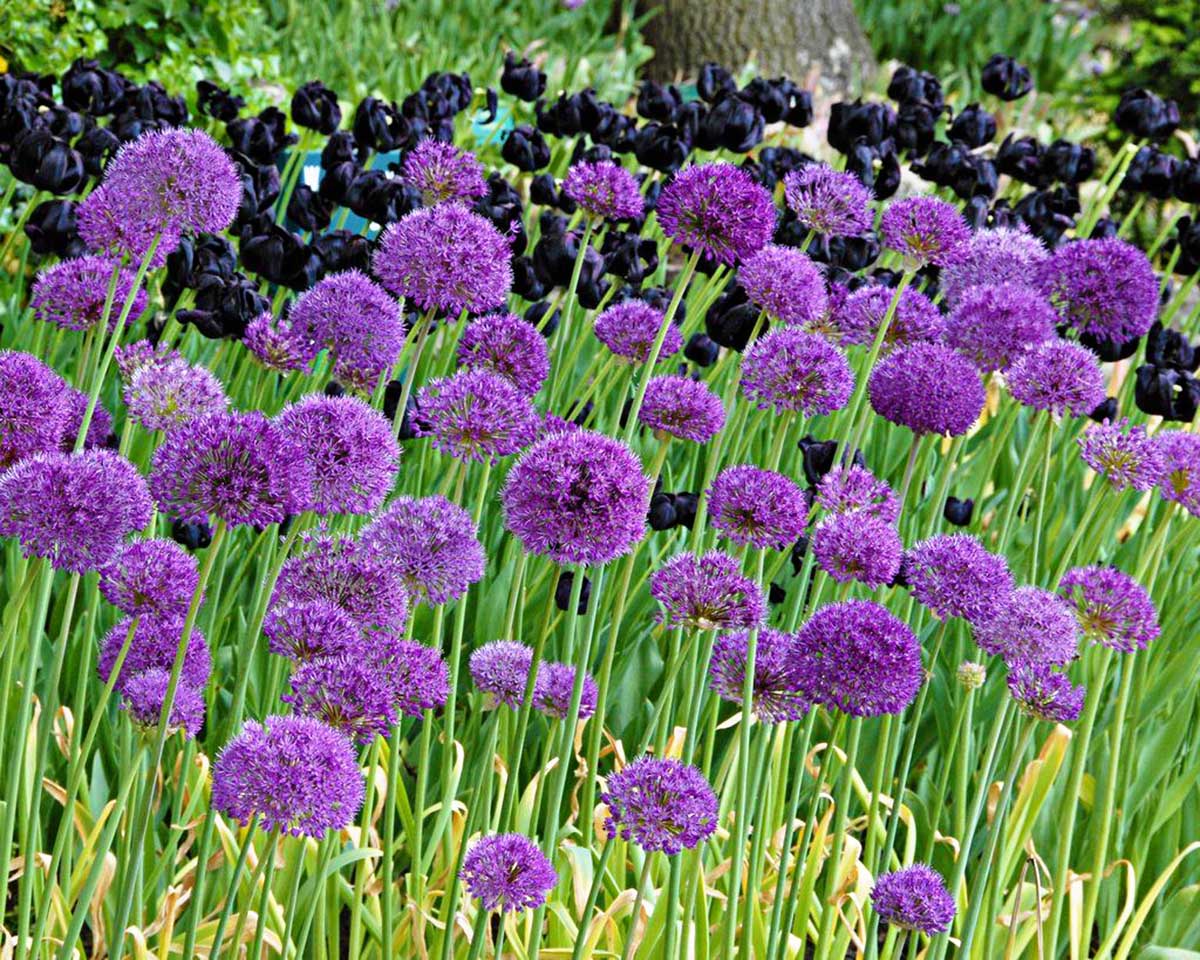
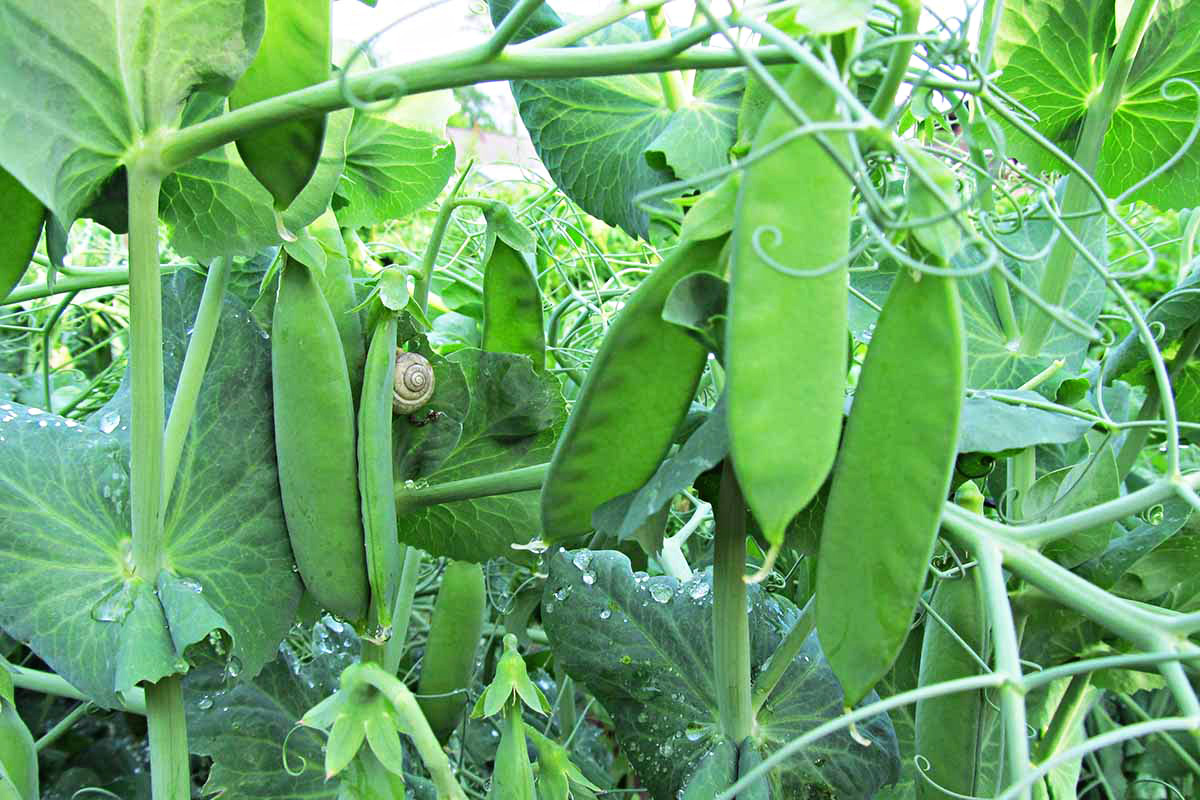
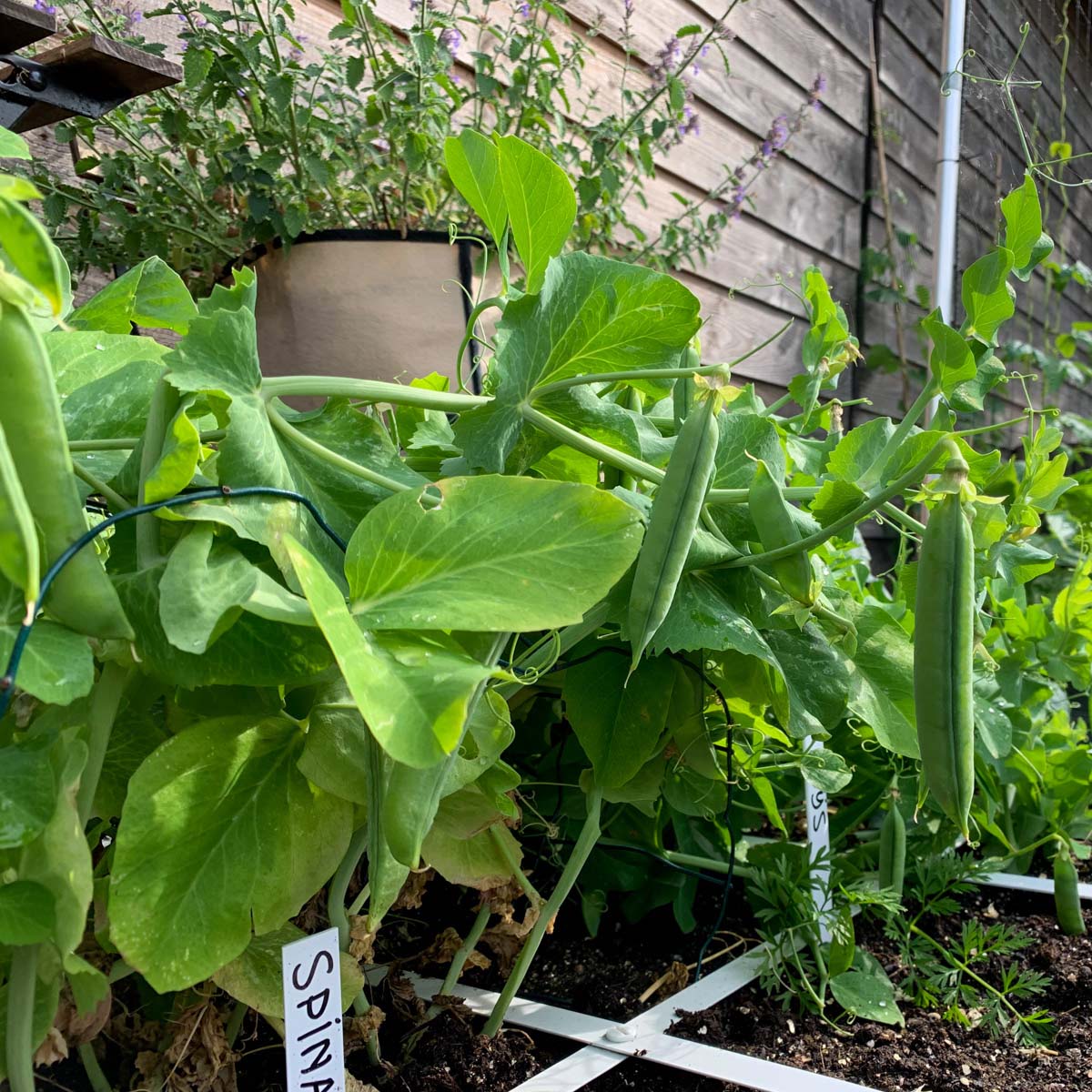

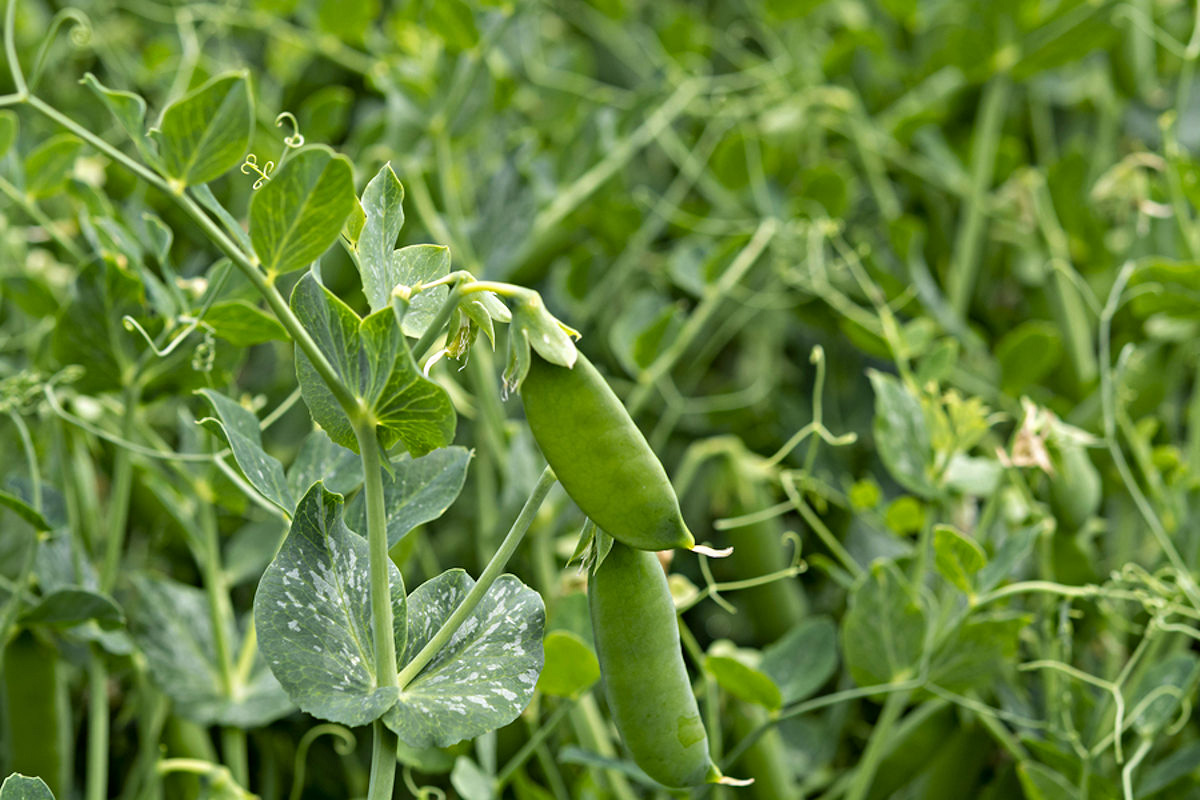








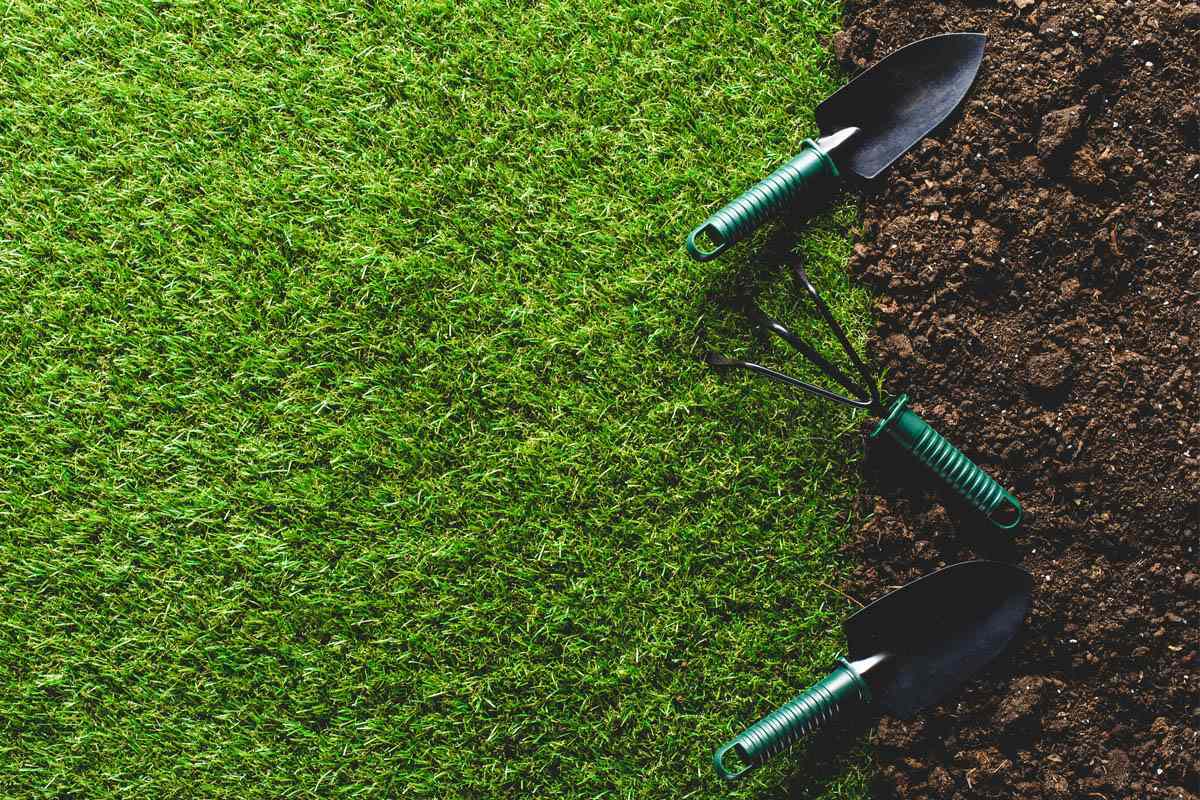

0 thoughts on “How Long Does It Take For Purple Hull Peas To Germinate”